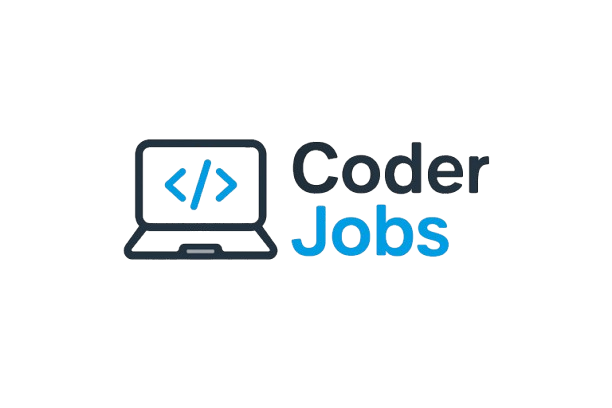ChatGPT and ChatGPT-4: What’s the Difference?
As AI technology continues to evolve, more and more chatbots are being developed to make our lives easier. Chatbots are artificial intelligence programs that are designed to interact with humans through conversation, and they can be found in various applications such as customer service, e-commerce, healthcare, and education.
ChatGPT and ChatGPT-4 are two such chatbots that have gained significant popularity in recent years. However, many people are still confused about the difference between the two. In this article, we will discuss the similarities and differences between ChatGPT and ChatGPT-4, and how they are revolutionizing the world of chatbots.
Similarities
Firstly, let’s look at the similarities between ChatGPT and ChatGPT-4. Both are chatbots that use natural language processing (NLP) to converse with users. They are built on OpenAI’s Generative Pre-trained Transformer (GPT) architecture, which is a state-of-the-art language model that has been trained on a massive amount of data. This means that both ChatGPT and ChatGPT-4 are capable of generating high-quality responses to user queries, making them very effective in handling various types of conversations.
Differences
Now let’s delve into the differences between ChatGPT and ChatGPT-4. The main difference between the two is the size of the models. ChatGPT has a model size of 117M parameters, while ChatGPT-4 has a model size of 1.5B parameters. This means that ChatGPT-4 has a much larger database of information to draw from, and can therefore generate more accurate and comprehensive responses than ChatGPT.
Another difference is that ChatGPT-4 is designed to be more specialized than ChatGPT. It is trained on specific tasks such as question answering, summarization, and translation. This makes it more effective in handling complex tasks that require a deep understanding of the context and content of the conversation.
Applications
Both ChatGPT and ChatGPT-4 have a wide range of applications. ChatGPT is primarily used for chat-based customer support, while ChatGPT-4 is more commonly used in language-related tasks such as machine translation, document summarization, and question answering.
In terms of e-commerce, ChatGPT can be used to help customers navigate through the purchasing process, answer product-related questions, and provide personalized recommendations. ChatGPT-4, on the other hand, can be used to translate product descriptions into multiple languages, summarize reviews, and answer complex questions related to products.
In healthcare, both ChatGPT and ChatGPT-4 can be used to assist patients in booking appointments, answering medical queries, and providing personalized health recommendations. However, ChatGPT-4’s advanced language capabilities make it more effective in handling complex medical terminology and understanding the context of conversations.
Conclusion
In conclusion, both ChatGPT and ChatGPT-4 are powerful chatbots that are changing the way we interact with technology. While ChatGPT is a general-purpose chatbot that can handle various types of conversations, ChatGPT-4 is a more specialized chatbot that is designed to handle specific tasks. The main difference between the two is the size of their models, with ChatGPT-4 having a much larger database of information to draw from.
Both chatbots have a wide range of applications in various industries such as e-commerce, healthcare, education, and customer service. They are effective in providing personalized recommendations, answering user queries, and handling complex conversations. With the continuous development of AI technology, we can expect to see more advanced chatbots like ChatGPT and ChatGPT-4
